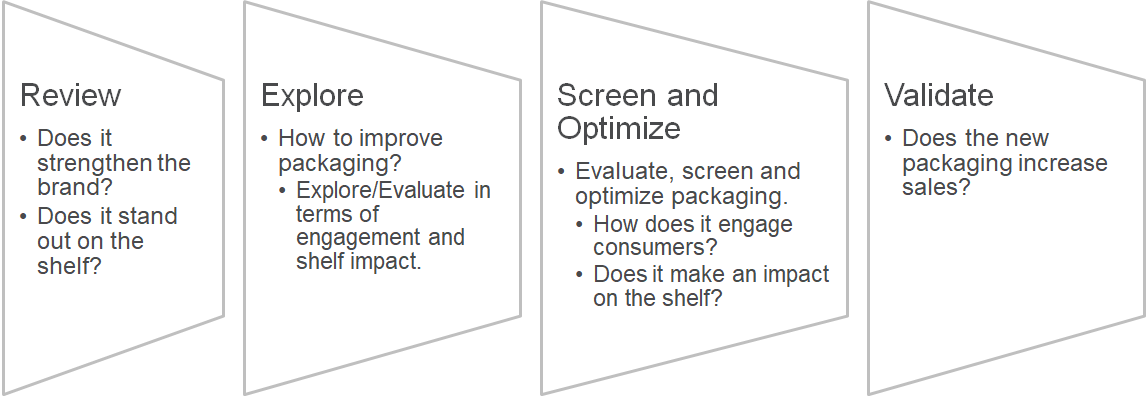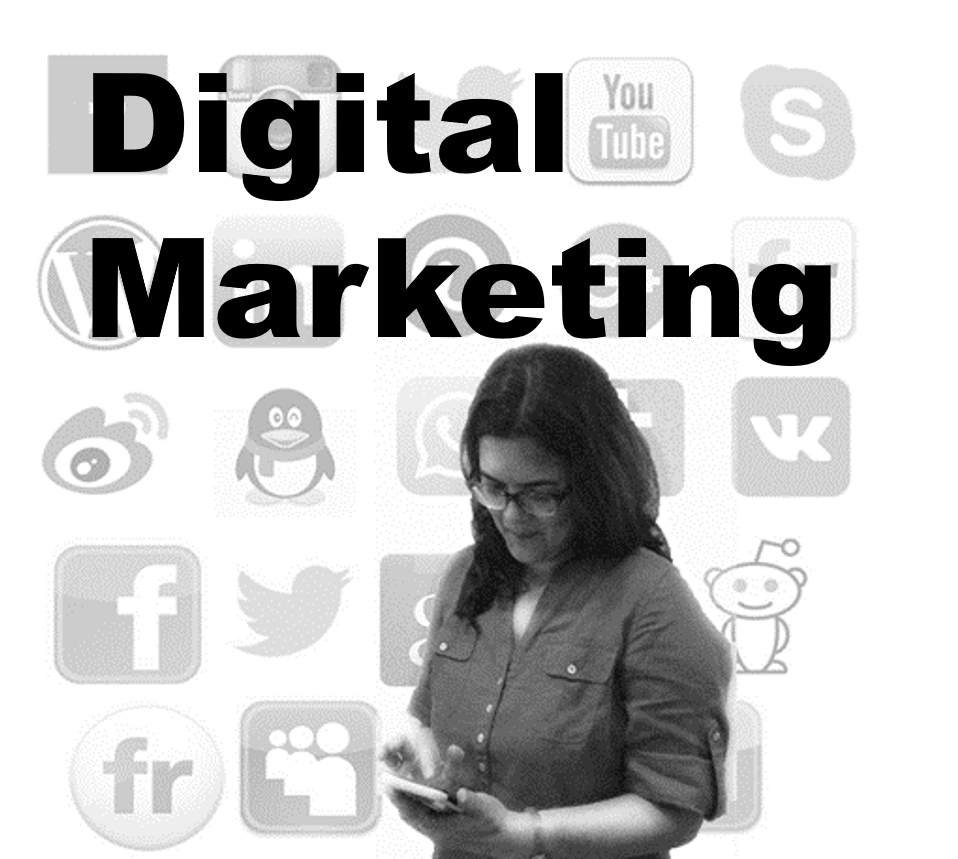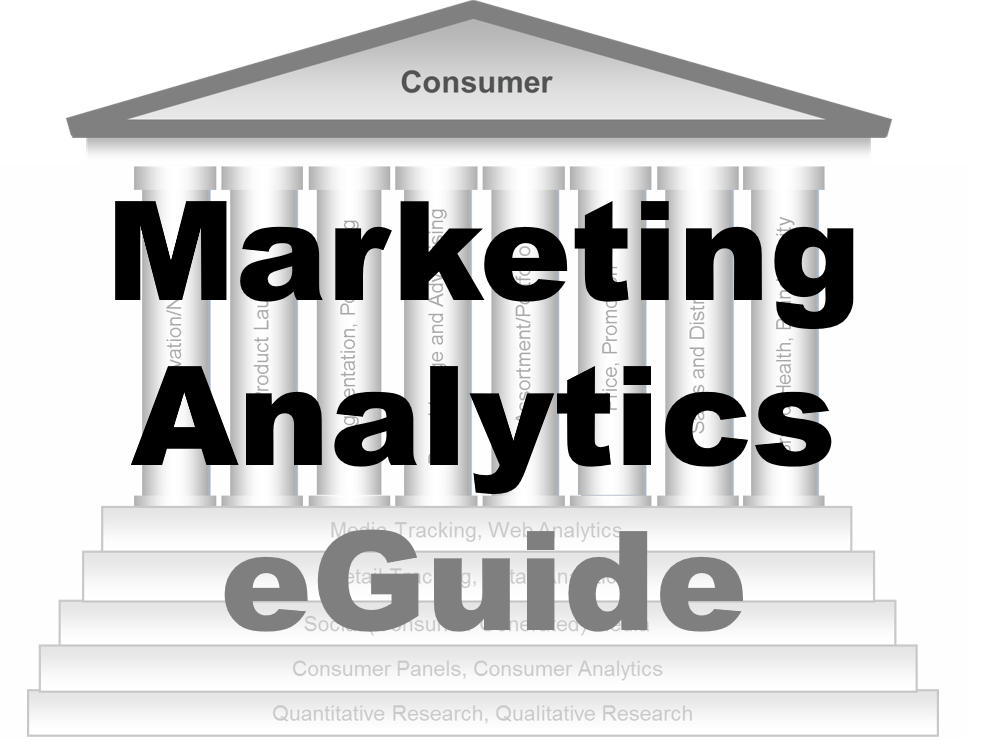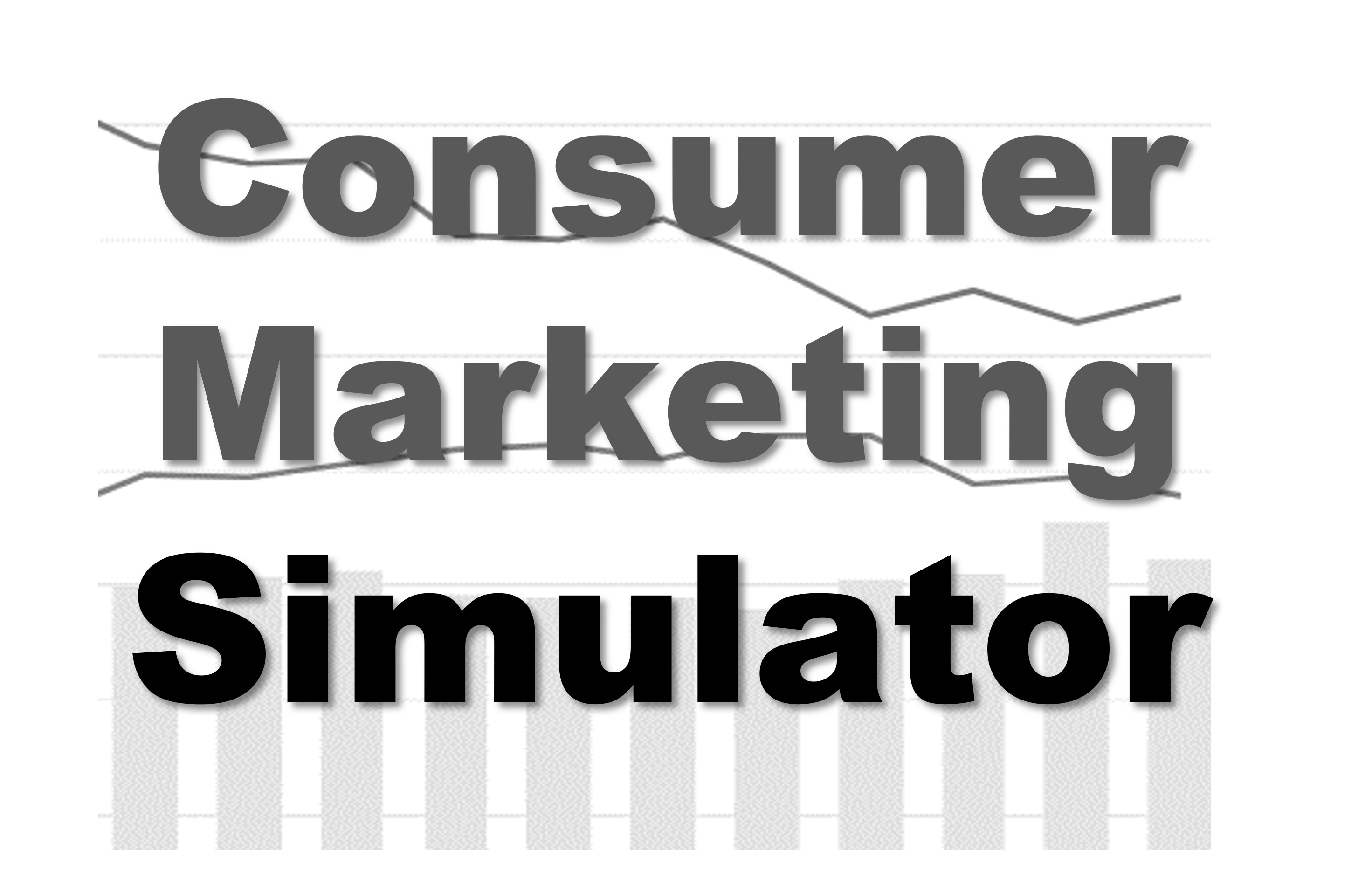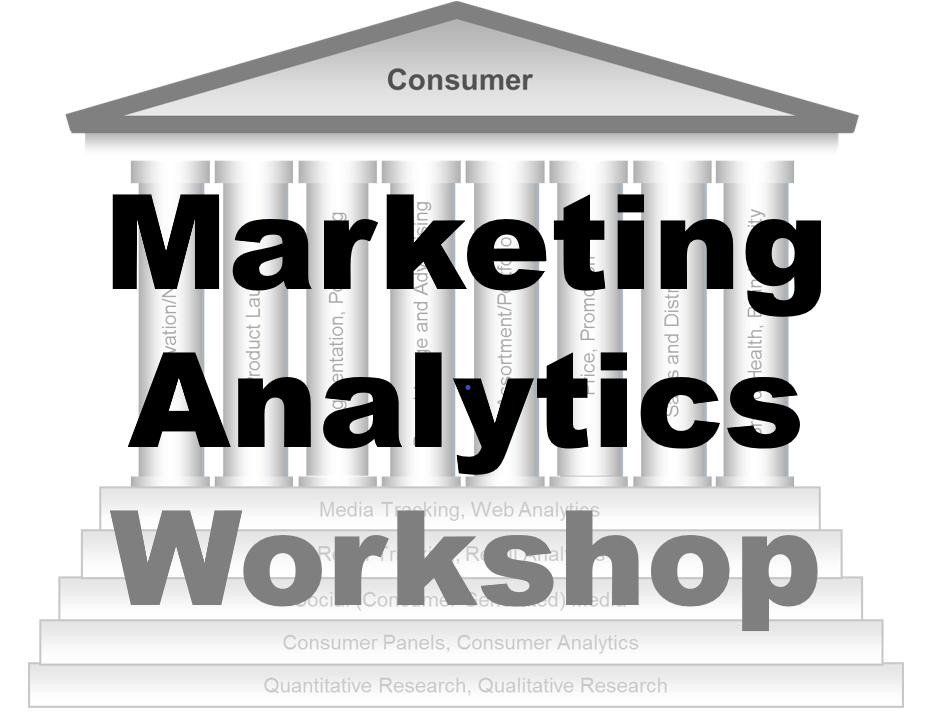-
Packaging
Packaging
Tropicana Saga
How Packaging Works
Packaging Development
Review
Exploration
Screening & Optimization
Validation
Shelf Impact — Eye Tracking
Shelf Impact — Visual Search
Biometric Engagement
- How Advertising Works
- Advertising Analytics
- Packaging
- Biometrics
- Marketing Education
- Is Marketing Education Fluffy and Weak?
- How to Choose the Right Marketing Simulator
- Self-Learners: Experiential Learning to Adapt to the New Age of Marketing
- Negotiation Skills Training for Retailers, Marketers, Trade Marketers and Category Managers
- Simulators becoming essential Training Platforms
- What they SHOULD TEACH at Business Schools
- Experiential Learning through Marketing Simulators
-
MarketingMind
Packaging
Packaging
Tropicana Saga
How Packaging Works
Packaging Development
Review
Exploration
Screening & Optimization
Validation
Shelf Impact — Eye Tracking
Shelf Impact — Visual Search
Biometric Engagement
- How Advertising Works
- Advertising Analytics
- Packaging
- Biometrics
- Marketing Education
- Is Marketing Education Fluffy and Weak?
- How to Choose the Right Marketing Simulator
- Self-Learners: Experiential Learning to Adapt to the New Age of Marketing
- Negotiation Skills Training for Retailers, Marketers, Trade Marketers and Category Managers
- Simulators becoming essential Training Platforms
- What they SHOULD TEACH at Business Schools
- Experiential Learning through Marketing Simulators
Packaging Development
In a constantly changing market, from time to time, marketers need to redesign or tweak their packaging so that it remains relevant and contemporary, and further enhances the brand’s equity. Sometimes, as with new products, they need to craft packaging from scratch.
Irrespective of the immediate objective, from a long-term perspective, packaging development is an ongoing cyclical process of review, exploration, screening and optimization, and validation. Depicted in Exhibit 14.4, these stages address different business needs and objectives, by means of a diverse range of analytic tools and research techniques.
- Review: The objective is to understand how the packaging enhances the brand’s equity and increases purchase intent, and to identify areas for improvement. The review should also assess the shelf impact of the packaging.
- Exploration: At the early stages of packaging development marketers need to explore consumers’ motivations and understand their knowledge and perceptions of the category and the brands. Seeking ways to improve the packaging, they need to understand how effectively the packaging is communicating what the brand stands for — the proposition, brand personality, the key symbols, identifiers and icons. This usually falls within the scope of qualitative research.
- Screening and Optimization: In the process of packaging development, designers create a number of prototypes and design variations that need to be evaluated. The primary approach to screening and optimizing the prototypes is a quantitative assessment of the engagement (purchase intent, perceptions and attitudes, and communication) and shelf impact. Exploratory qualitative research, similar to the areas described under exploration, identifies the ways to improve the packaging. And, if several elements are being optimized, conjoint analysis can provide the combination of elements that consumers find most attractive or desirable.
- Validation: In the final stages of packaging development, tests are conducted to validate the effectiveness of the new packaging in terms of estimated increase in the proportion of buyers and the sales volume. These tests are conducted in the context of shelves modelled on a few major retail chains. An increase in these metrics would confirm that the new packaging is effective at these chains.
In general, the key aspects that we need to analyse in packaging research are brand image and brand equity, engagement, persuasion, and shelf impact.
Brand Image and Brand Equity
When a consumer thinks of a product, the image that usually comes first to mind is the pack. So it is of vital importance that the pack projects the desired image and proposition, that it conveys the right values, and strengthens the bond with target consumers.
Engagement
Packaging in many ways is a form of advertising. And as media advertising gets more fragmented, more expensive and less effective, brands are increasingly relying on their packaging to strengthen their image, and build engagement through attitudinal aspects such as likeability, symbolism, emotions, and relationship/involvement.
Persuasion
One of the dimensions of engagement, persuasion deserves focussed attention because of the importance of packaging in selling the product. We need to understand how the graphics and other packaging design elements influence consumers at the point of purchase.
Shelf Impact
When a consumer shops for low cost, frequently purchased products such as fast-moving consumer goods, she is usually in autopilot mode, and will purchase her usual brands.
There are moments, however, that may trigger a change. Whether it is disappointment with her existing brand, the launch of a new product, the incidence of a stockout, an attractive promotional offer for a competing product or a host of other factors, from time to time she is induced to break out of her habits and try something different.
When she is habit-driven, good packaging gets noticed and primes her of what the brand means to her, increasing the likelihood that she will choose it from within her repertoire.
And when she is ready for a change, though she may never have bought the brand before, packaging can perk her attention and remind her of the brand’s messages and its value proposition. At that moment when she is about to make-up her mind, it is perhaps the most influential element of the marketing mix.
To play these vital roles, the packaging must stand out from the visual clutter that engulfs it on the shelf.
It must convey the information the target consumer requires and impart the value proposition that resonates and compels her to buy.
Shelf impact is of greater importance in highly competitive, fragmented categories where brands need to break through the clutter.
A wide array of analytic and research techniques assist marketers during the different stages of packaging development. These include:
- Qualitative research: Particularly important during exploration.
- Quantitative research: Used for reviewing packaging and for screening and optimizing.
- Conjoint analysis: is an optimizing technique that is used when several elements of the packaging are being optimized.
- Eye tracking — shelf impact: Used for assessing how well packaging stand out.
- Biometrics — engagement: In conjunction with other biometric technologies, eye trackers capture respondents’ feelings, their level of attention and engagement, and the extent that they are mentally stretched.
- Visual search test: Qualitative in nature, this is a test for findability and shelf impact.
- Controlled store test: Used during validation to estimate the packaging’s sales impact.
- Simulated shelf test: Also, for estimating sales, this technique uses virtual shelves with Computer-Assisted Personal Interviews (CAPI).
Previous Next
Use the Search Bar to find content on MarketingMind.
Contact | Privacy Statement | Disclaimer: Opinions and views expressed on www.ashokcharan.com are the author’s personal views, and do not represent the official views of the National University of Singapore (NUS) or the NUS Business School | © Copyright 2013-2025 www.ashokcharan.com. All Rights Reserved.

